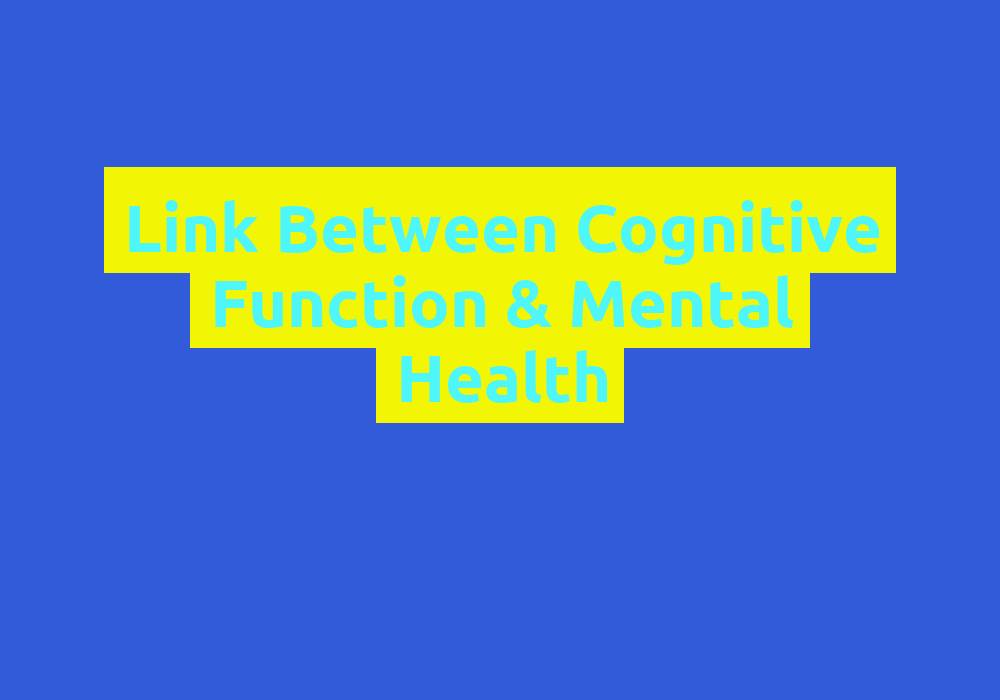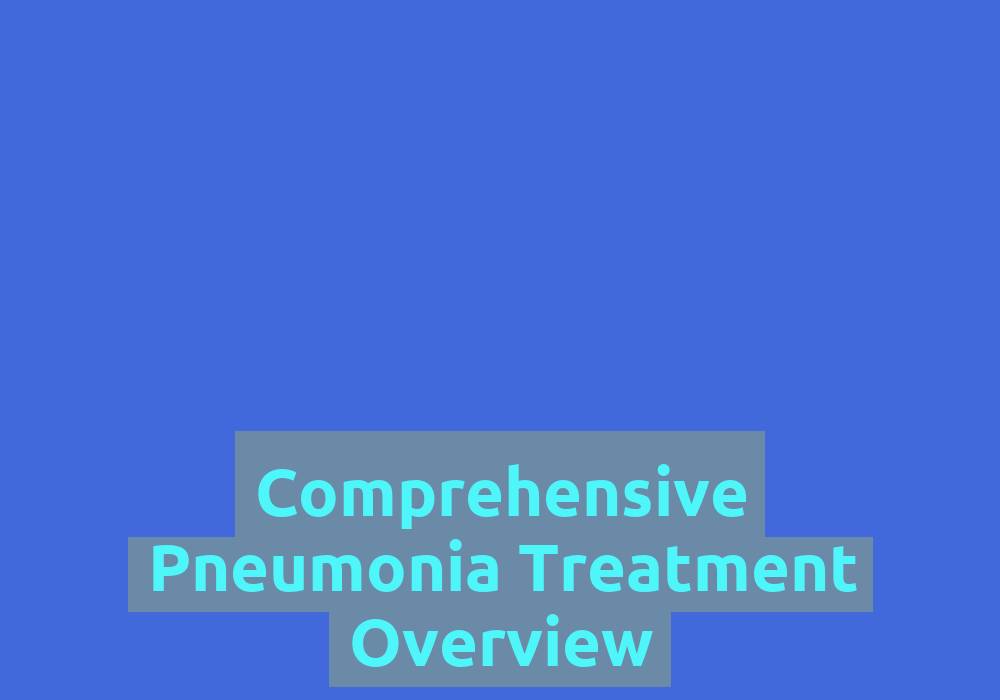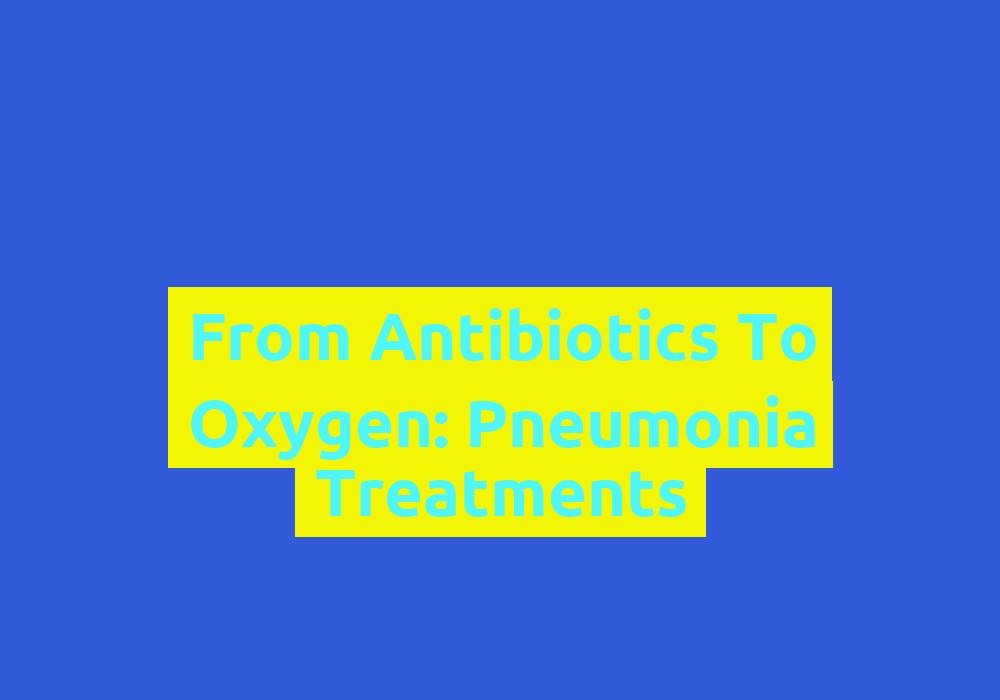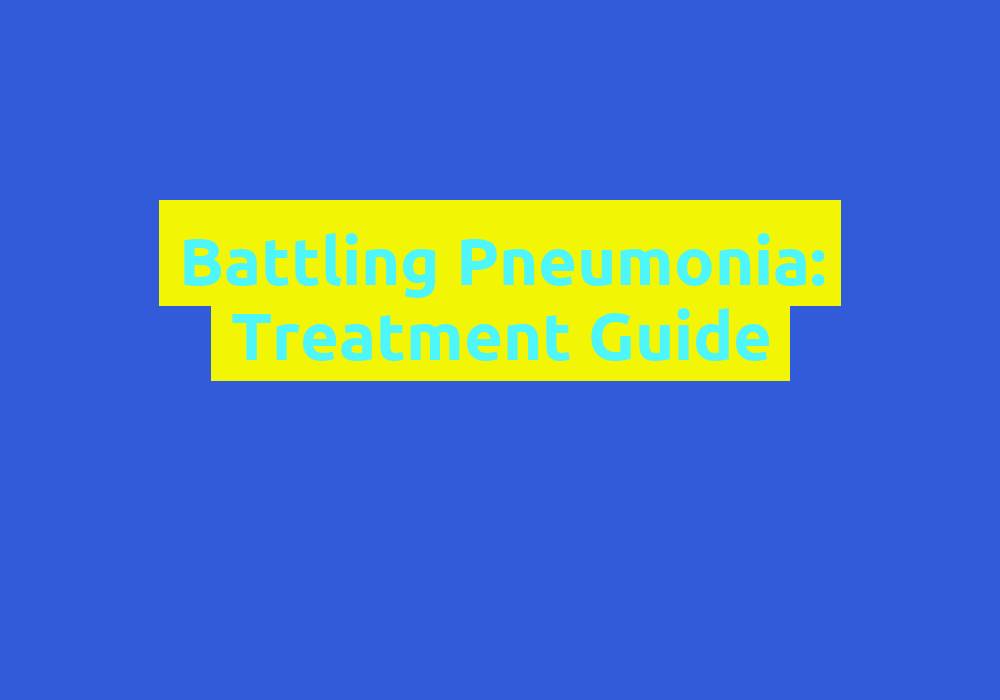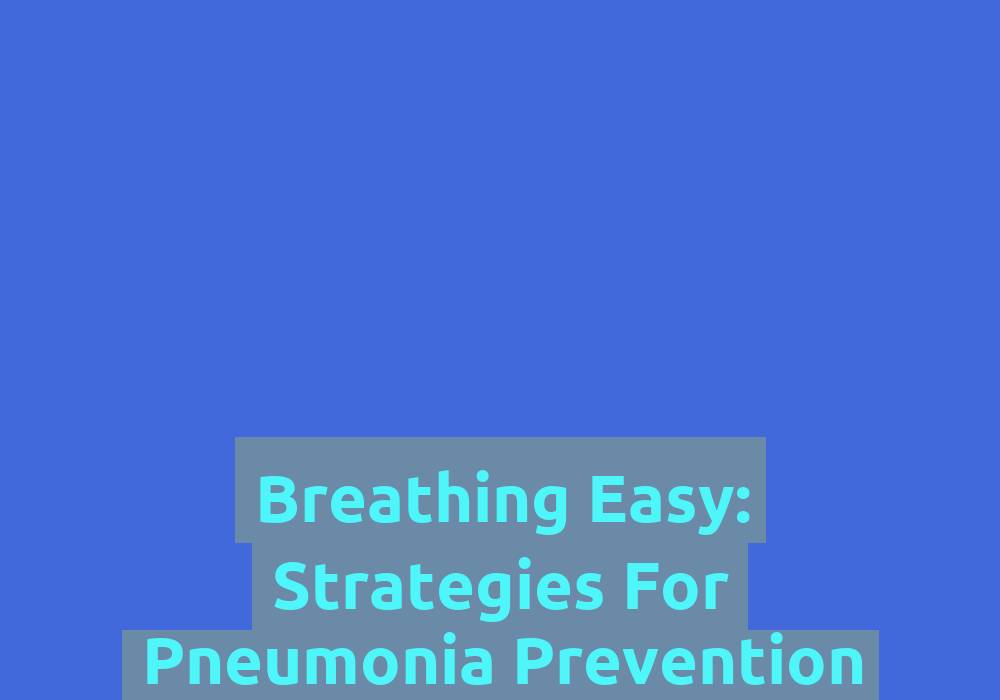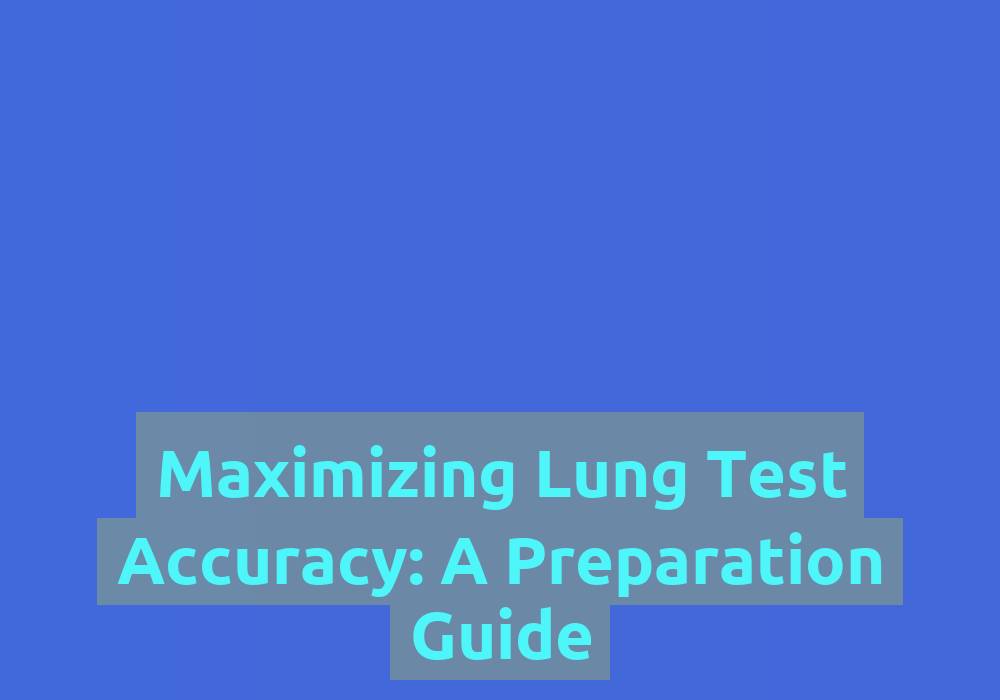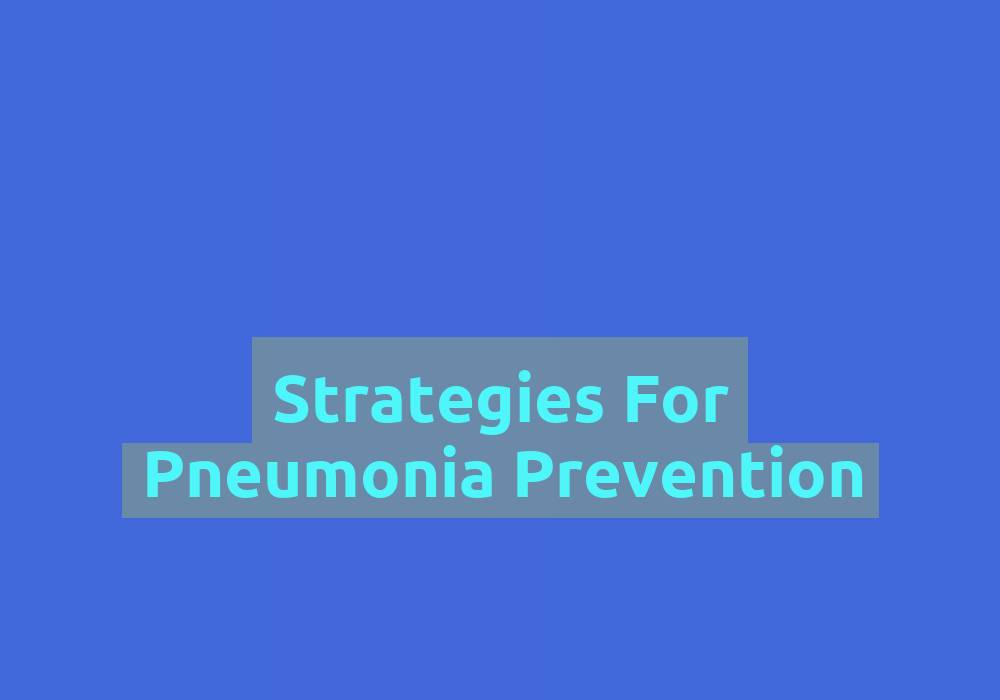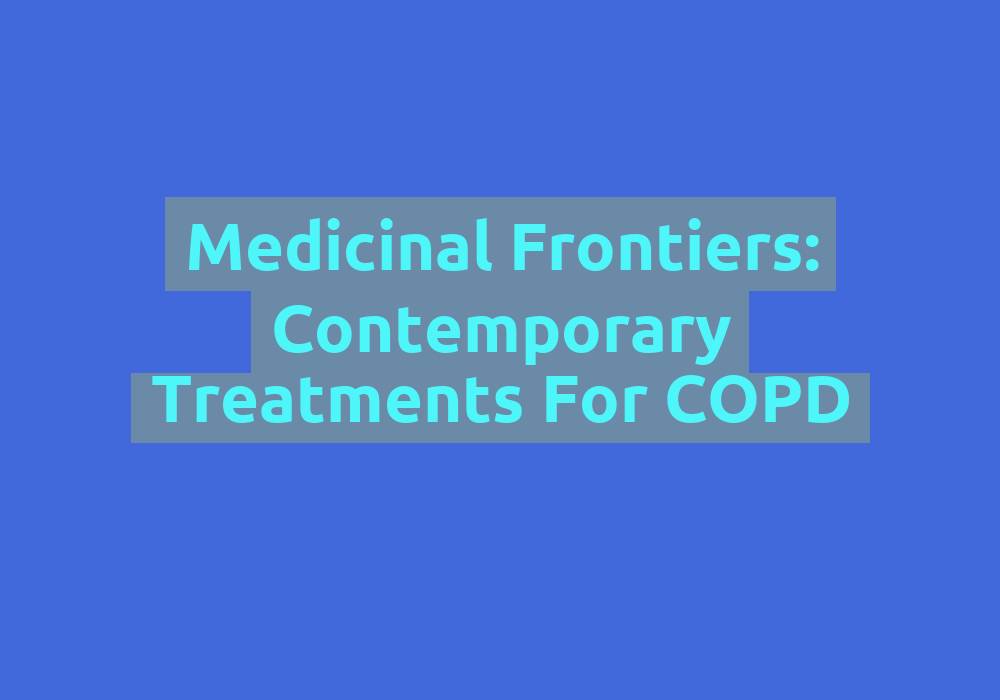Enhancing Emotional Well-being for Mental Health
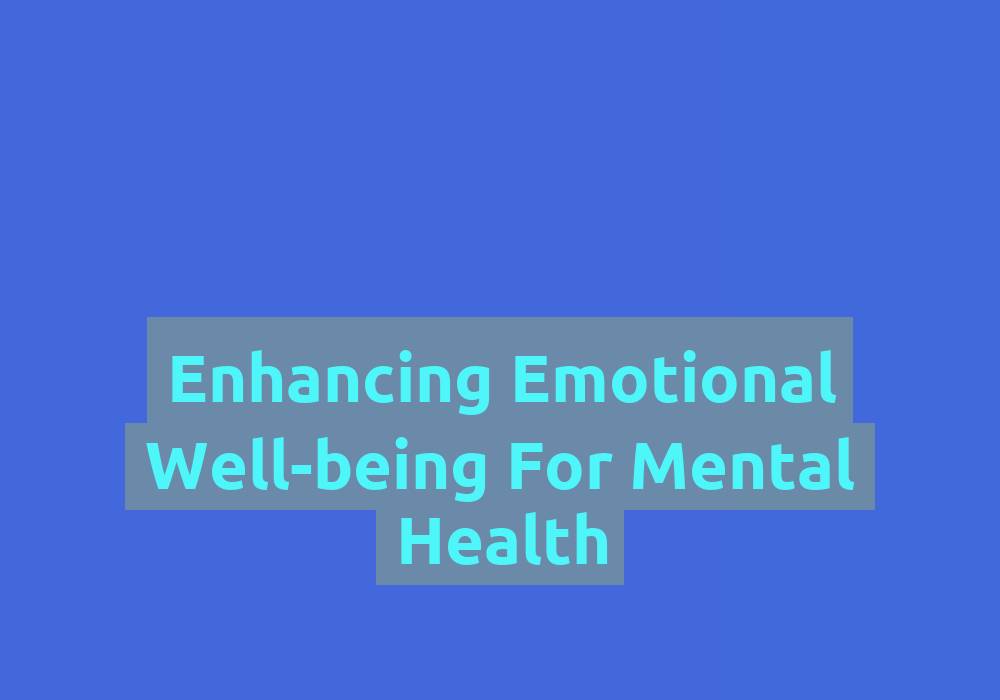
Emotional well-being plays a crucial role in our overall mental health. It involves understanding, managing, and expressing our emotions in a healthy manner. When our emotional well-being is nurtured, we are better equipped to handle life’s challenges, build strong relationships, and maintain a positive outlook. In this article, we will explore various strategies and techniques to enhance emotional well-being for better mental health.
Importance of Emotional Well-being
Emotional well-being is not just about feeling happy all the time; it encompasses a wide range of emotions and how we cope with them. It is about developing emotional intelligence and being able to recognize, understand, and regulate our emotions effectively. When we prioritize our emotional well-being, we can experience the following benefits:
-
Improved Mental Health: Taking care of our emotional well-being can significantly reduce the risk of mental health disorders such as anxiety, depression, and stress-related disorders. By managing our emotions in a healthy way, we can minimize the negative impact they have on our mental health. This includes recognizing and addressing any negative thought patterns or beliefs that may contribute to mental health issues.
-
Enhanced Resilience: Emotional well-being equips us with the tools to bounce back from setbacks and cope with difficult situations more effectively. When we are emotionally balanced, we are better able to adapt to change, face challenges head-on, and find solutions. Developing resilience allows us to navigate through life’s ups and downs with greater ease and confidence.
-
Positive Relationships: When we are emotionally balanced, we are better able to communicate and connect with others, fostering healthier and more fulfilling relationships. Emotional well-being enables us to express our needs and emotions in a constructive manner, leading to improved understanding and deeper connections with others. Building strong relationships provides a support system that promotes emotional well-being and provides a sense of belonging.
-
Improved Productivity: Emotional well-being positively impacts our ability to concentrate, make decisions, and perform well in various aspects of life, including academics and career. When we are emotionally balanced, we are better able to focus our attention and energy, leading to increased productivity and success. Additionally, managing stress and negative emotions effectively can prevent burnout and enhance overall performance.
Strategies to Enhance Emotional Well-being
1. Practice Mindfulness and Self-Awareness
Mindfulness involves being fully present and attentive in the current moment without judgment. By practicing mindfulness, we can develop a greater understanding of our emotions, thoughts, and bodily sensations. This self-awareness helps us identify triggers and patterns in our emotions, allowing us to respond more effectively. Mindfulness meditation, deep breathing exercises, and body scans are effective techniques to cultivate self-awareness and enhance emotional well-being.
- Set aside dedicated time each day to practice mindfulness meditation.
- Pay attention to your thoughts, emotions, and physical sensations without judgment.
- Incorporate mindfulness into everyday activities, such as eating, walking, or doing household chores.
- Use smartphone apps or guided meditation resources to support your mindfulness practice.
2. Cultivate Positive Relationships
Nurturing positive relationships is essential for emotional well-being. Surround yourself with people who support and uplift you. Engage in meaningful conversations, express gratitude, and practice active listening. Building a strong support network enhances emotional well-being and provides a sense of belonging.
- Identify the people in your life who support your emotional well-being and prioritize spending time with them.
- Practice effective communication and express your needs and emotions openly and honestly.
- Engage in activities or join groups that align with your interests and values to meet like-minded individuals.
- Foster a sense of gratitude by expressing appreciation for the people in your life and the positive experiences you have.
3. Engage in Regular Physical Activity
Regular exercise not only improves physical health but also has a profound impact on our emotional well-being. Physical activity releases endorphins, which are natural mood enhancers. It reduces stress, improves sleep, and boosts self-confidence. Find activities you enjoy, such as walking, dancing, or yoga, and incorporate them into your routine.
- Aim for at least 30 minutes of moderate-intensity exercise most days of the week.
- Choose activities that you find enjoyable and that align with your fitness level and interests.
- Include a variety of exercises, such as aerobic activities, strength training, and flexibility exercises.
- Consider joining group fitness classes or sports teams to add a social aspect to your physical activity routine.
4. Develop Healthy Coping Mechanisms
Life can sometimes throw unexpected challenges our way. Developing healthy coping mechanisms is crucial for managing stress and emotional well-being. This may include practicing relaxation techniques like deep breathing exercises, journaling, engaging in hobbies, or seeking professional help when needed.
- Experiment with different coping mechanisms to identify what works best for you.
- Journaling can be a helpful tool to express and process your emotions.
- Engage in activities that bring you joy and relaxation, such as painting, playing a musical instrument, or gardening.
- Reach out to mental health professionals or support groups for guidance and assistance in developing healthy coping strategies.
5. Prioritize Self-Care
Self-care is not selfish; it is an essential component of emotional well-being. Take time to engage in activities that bring you joy and relaxation. This may include practicing self-compassion, setting boundaries, indulging in hobbies, or pampering yourself with activities like taking a warm bath or reading a book.
- Create a self-care routine that includes activities that nourish your mind, body, and soul.
- Set boundaries to protect your emotional well-being, such as saying no to things that drain your energy or cause unnecessary stress.
- Practice self-compassion by being kind and understanding towards yourself, especially during challenging times.
- Allow yourself to rest and recharge when needed, without guilt or self-judgment.
6. Seek Support from Professionals
If you find it challenging to manage your emotional well-being independently, don’t hesitate to seek support from mental health professionals. They can provide guidance, therapy, and tools to enhance your emotional well-being.
- Reach out to a licensed therapist or counselor who specializes in emotional well-being and mental health.
- Attend support groups or workshops focused on emotional well-being and self-improvement.
- Consider online therapy options if in-person sessions are not accessible or comfortable for you.
- Be open and honest with your mental health professional to ensure you receive the support and guidance you need.
7. Practice Emotional Regulation Techniques
Emotional regulation involves managing and expressing our emotions in a healthy manner. This can include techniques such as deep breathing exercises, meditation, yoga, or seeking support from a therapist to develop healthy coping mechanisms.
- Learn deep breathing exercises or other relaxation techniques to help calm your mind and body during times of emotional distress.
- Practice meditation or mindfulness exercises to cultivate emotional regulation and resilience.
- Explore yoga or other forms of physical activity that incorporate breathwork and mindfulness to promote emotional well-being.
- Work with a therapist or counselor to develop personalized emotional regulation strategies based on your unique needs and circumstances.
8. Maintain a Healthy Lifestyle
A healthy lifestyle contributes to emotional well-being. Ensure you get enough sleep, eat a balanced diet, limit alcohol and substance use, and avoid excessive caffeine consumption. Taking care of your physical health positively impacts your emotional well-being.
- Aim for 7-9 hours of quality sleep each night to support your overall well-being.
- Incorporate a variety of nutritious foods into your diet, including fruits, vegetables, whole grains, lean proteins, and healthy fats.
- Limit alcohol and substance use, as they can negatively impact your mood and overall emotional well-being.
- Monitor and moderate your caffeine intake, as excessive consumption can contribute to anxiety and sleep disturbances.
Conclusion
Enhancing emotional well-being is a continuous process that requires self-reflection, self-care, and the willingness to seek support when needed. By implementing the strategies discussed in this article, you can nurture your emotional well-being, leading to better mental health and a more fulfilling life. Prioritize your emotional well-being, and remember that it is okay to ask for help when needed. By taking proactive steps to enhance your emotional well-being, you can create a foundation for long-term mental wellness and resilience.
FAQ
1. What is emotional well-being and why is it important for mental health?
Emotional well-being involves understanding, managing, and expressing our emotions in a healthy manner. It is important for mental health because it can reduce the risk of mental health disorders, enhance resilience, foster positive relationships, and improve productivity.
2. What are some strategies to enhance emotional well-being?
Some strategies to enhance emotional well-being include practicing mindfulness and self-awareness, cultivating positive relationships, engaging in regular physical activity, developing healthy coping mechanisms, prioritizing self-care, seeking support from professionals, practicing emotional regulation techniques, and maintaining a healthy lifestyle.
3. How can mindfulness and self-awareness contribute to emotional well-being?
Mindfulness and self-awareness can contribute to emotional well-being by helping us understand our emotions, identify triggers and patterns, and respond more effectively. Techniques such as mindfulness meditation, deep breathing exercises, and body scans can cultivate self-awareness and enhance emotional well-being.
4. Why is self-care important for emotional well-being?
Self-care is important for emotional well-being because it allows us to engage in activities that bring us joy and relaxation. It includes practicing self-compassion, setting boundaries, indulging in hobbies, and taking time to rest and recharge. Prioritizing self-care nourishes the mind, body, and soul, and protects our emotional well-being.
